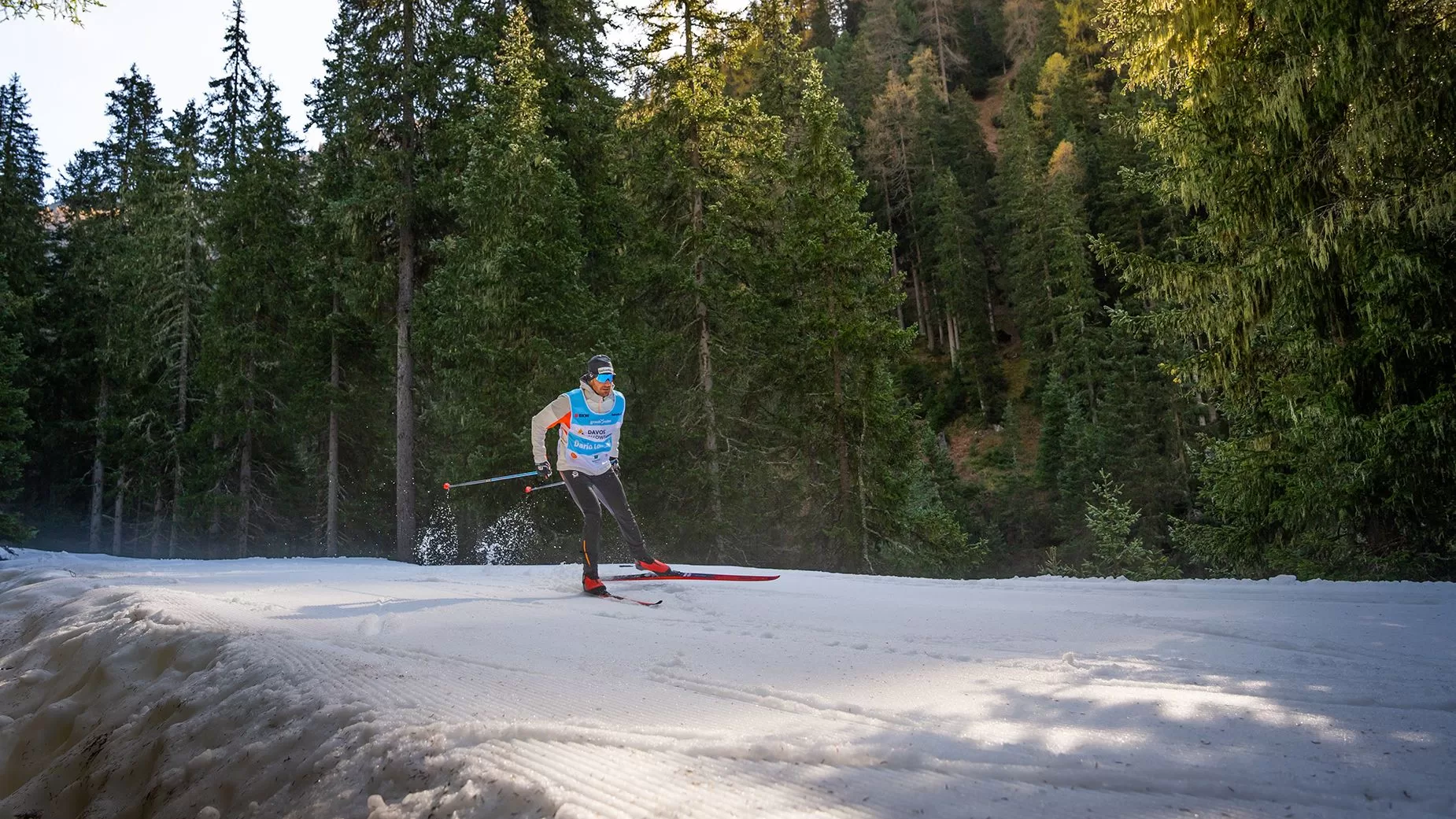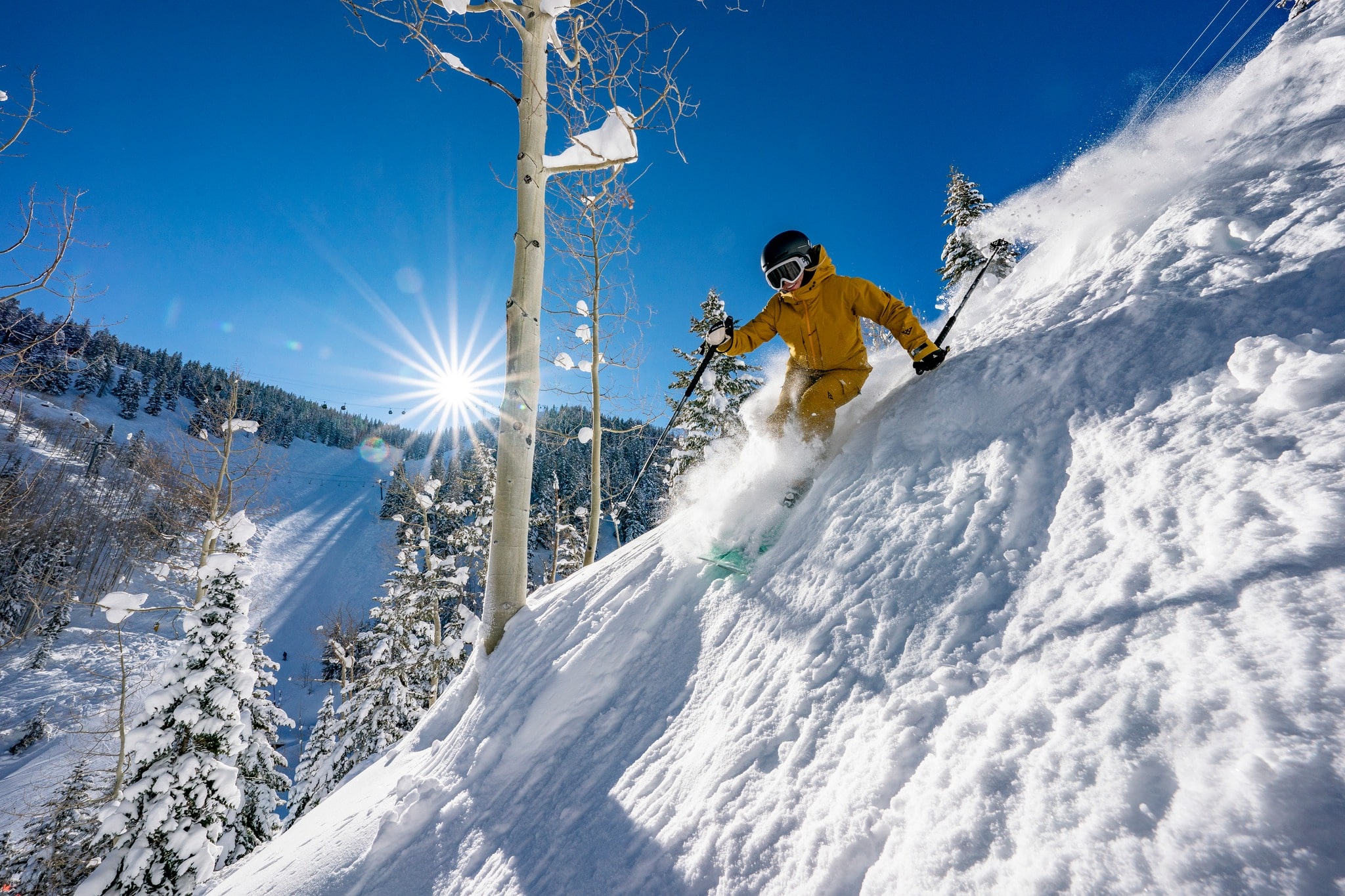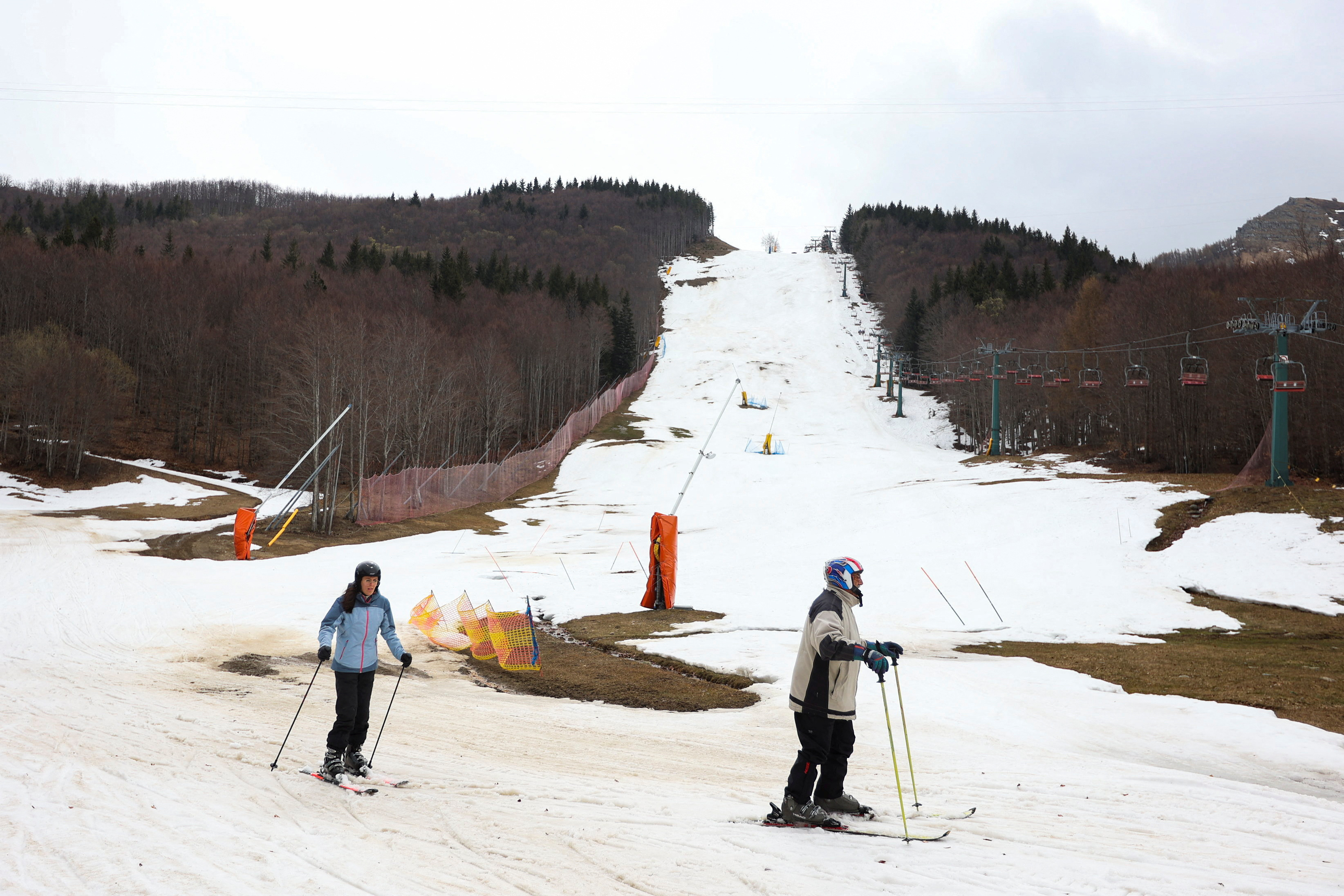
Though snow is becoming a more valuable resource these days, it is still the white gold that defines ski resorts.
Resorts depend on snow to stay in business, whether it comes from the sky in the form of quiet, fluffy flakes or is shot out of the more common snow cannons that line the ski lines.
However, a growing number of locations are using a third strategy to augment coverage and draw enough guests to operate the lifts at the beginning of the season, as climate change has an impact on the consistency of snowfall in the mountains, especially in lower altitude resorts.
The technique known as “snow farming” involves gathering and storing snow after a season ends beneath a large tent made of insulated mats, then redistributing it throughout the next winter. It’s similar to rolling up the red carpet for the Oscars and then rearranging it for the next year.
The resort of Levi, located in Finland’s far north, is one location where this simple strategy is being pioneered.
There, by employing farmed snow to build down a foundation layer on some routes without depending on nature’s gift, they almost guarantee the resort can open in early October and the World Cup ski events can take place in November. They can also save a tonne of power and water by not using the snow cannons, which shoot compressed air and water out of them to fall as snow crystals, under subpar circumstances.
“Snow is our gold, so we save the gold by storing it and using the snow to help start the season,” Marko Mustonen, the commercial director of Levi, stated. “Of course, snow is the most critical element in this skiing business.”
“It’s not always easy; the seasons aren’t always perfect, and the snowfall in winter comes at different times.
When winter arrives, there are days when it is -5 C (-23 F) and days when it rains, but we don’t have to worry about these kinds of weather since we already have a wonderful, thick coating of snow.
After that, we may utilise the automated [snow cannon] devices to optimise skiing. Snowmaking at -10°C is over ten times more efficient than at -1°C or 0°C.
The 200,000 cubic metres of snow that had built up in Levi this year were stored in nine well-located places. Finnfoam, a material used in the construction sector, is utilised to make the 70-millimetre (2.8-inch) thick insulated mats that cover every snow mound. These mats are then coated with a waterproof layer.
Sales director for Snow Secure, the firm that makes the insulation, and retired Finnish ski racer Kalle Palander stated, “At the moment under our mats in the north part of Finland, the melting rate is under 13%, which is pretty good.”
“And we learn more every year.”

What began on a small scale in 2016 to combat repeated cancellations of the World Cup slalom races on the Levi Black slope has grown into a wider operation to prepare several ski runs for visitors, including the new showpiece Levi Glacier run, as well as cross-country tracks, some of which can be preserved under a layer of sawdust or woodchips.
“It’s important, economically, for the ski resort,” adds Mustonen. “It means that we have people here and we are alive when the first lift opens.”
Although it makes up a very minor portion of Levi’s total snow production and management, snow farming has helped the resort fulfil its goal of being net zero carbon “by 2050 or as soon as possible” by lowering its carbon emissions.
In 2023–24, Levi, which has been using renewable power since 2020, converted all of its snow grooming equipment to run on biofuel, further reducing the environmental impact of snow farming in comparison to fossil fuels.
Skiing on farmed snow from the previous year is just as enjoyable as skiing on fresh snow, according to Mustonen. Machine-made snow has long been a staple in the construction of elite ski racing courses.
“There is no discernible difference on it, and it may even hold up better; it’s excellent for skiing,” he said.
Aware of the unpredictability of the Rosa Khutor venue and the scarcity of snow in Vancouver in 2010, the organisers of the Sochi Winter Olympics in Russia were already stockpiling approximately 800,000 cubic metres of snow in 2014 to augment the available natural and artificial supplies and guarantee the success of the alpine events. Both the Beijing 2022 Winter Olympics and the 2018 Pyeongchang Games followed a similar procedure.
This summer in Cervinia, Italy, five enormous mounds covered in white matting stored snow to create a foundation for the new World Cup downhill ski run. The run will start high on the Theodul Glacier above Zermatt in Switzerland, swing across the border and descend to a finish line on the Italian side, which will be supervised by the massive Matterhorn pyramid.

Since 2015, Kitzbuhel, Austria—home of the famed Hahnenkamm downhill ski race—has been snow farming to get slope No. 71 (Resterkogel) ready for skiing in the early months. About 30,000 cubic metres of snow are kept at the snow depot, which is located right on the protected slope to restrict traffic. The snow is kept under-insulated coverings.
A four-kilometre (2.5-mile) cross-country ski track near Davos, Switzerland, is made possible by snow farming and opens at the end of October. The previous December or January, when the weather is at its coldest, about 20,000 cubic metres of artificial snow are created, covered in wood chips, and then spread out in the autumn, with about 80% remaining. Artificial snow is harder and more compact than natural snow, making it better for conservation. Professionals and amateurs alike can use the track; reservations are accepted for specific times.
According to Samuel Rosenast, head of communications for Davos, “It’s very popular for professional cross-country skiers, and we get skiers from maybe 12 nations coming here for early training.”
Resorts across North America, such as Colorado’s Arapahoe Basin and Canada’s Banff Sunshine, use a system of fences to catch wind-blown snow and then redistribute it to different areas of the ski area, but they still use the snowfall from that year, which melts back into the watershed in the summer.
To preserve its threatened Vorab Glacier, which might vanish in the next 30 to 35 years if man-made global warming keeps happening at its current rate, Laax, another Swiss resort, utilises snow farming.
To impede the melting of the ice and protect the foundations of the drag lift that services the ski lines, snow is re-applied to the glacier in May and coated with insulation until September.
A Laax representative stated, “We can open the glacier for winter sports a little earlier in autumn because we don’t need the same amount of new snow coming from the sky when we cover parts of the glacier and push a lot of snow together in spring.”
Through a 2017 pilot study and subsequent computer modelling, glaciologists Felix Keller and Johannes Oerlemans discovered in southeast Switzerland that covering a portion of the rapidly receding Morteratsch Glacier with artificial snow could slow down its rate of melting and, under the right circumstances, even cause the glacier to grow back in ten years.
The plan is to cover one square kilometre of the most prone to melting ice with a lattice of sprinklers that use technology comparable to snow cannons and continuously spray fake snow that is made responsibly.
Launched in February 2021, the MortAlive project is now in the fund-raising and development stages. However, detractors claim that this is a band-aid solution when the true problem is stopping climate change caused by humans.
